Biovectors Studies
Birds and other organisms such as bats, often form large breeding colonies or roosts where they can number in the tens or even hundreds of thousands. Because many species feed almost exclusively offshore but nest on land, seabirds can act as potent biological vectors of nutrients from marine or aquatic ecosystems to terrestrial ecosystems. The wastes released from seabird colonies provide critical nutrient subsidies for many coastal ecosystems, often creating thriving biological communities that would not exist otherwise. An unfortunate irony is that this transport pathway also concentrates contaminants that are biomagnified and bioaccumulated through the marine or aquatic food webs, thereby threatening the very ecosystems it supports and sustains. The biological transport of contaminants by seabirds is of global concern as they are the dominant form of wildlife along coastlines worldwide.
Lake and pond sediments archive a wealth of information about past seabird population dynamics (a rare commodity in most regions), and can be used to better understand the fate and transport of environmental contaminants because the bird inputs have direct effects on downstream water chemistry, biological communities, and sediment geochemistry. Sediment cores from water bodies that take drainage from nesting sites can be used to track past seabird inputs over long timescales. They can also potentially be used to monitor for more recent impacts and new contaminants coming from the increased shipping that Arctic ice conditions now permit, for example. These are relatively new applications of paleolimnology, the science that deals with reconstructing past ecological and environmental conditions using physical, chemical, and biological information stored in sediments.
We track seabird inputs through time by analyzing lake and pond sediment cores for: (1) stable isotopes of nitrogen (δ15N), which reflect food web dynamics and trophic structure and can also be used to track marine-derived nutrients; (2) the remains of biological indicators such as algae and aquatic invertebrates, which change in response to past nutrient and/or contaminant inputs; (3) fossil pigment such as chlorophyll a, which reflects past aquatic production; and (4) contaminants, such as persistent organic pollutants (POPs) and metals, which we can link to past seabird inputs.
In some instances, the actual guano
deposits can be used as the environmental archive, much in the same way as
sediment cores. This is not restricted to seabirds. Guano deposits from any
bird or bat species can build up over time at the base
of nesting or roosting sites. These deposits create natural archives that can be
sampled and analyzed for changes in diet (via insect remains, for example), or contaminants through time.
Chimney swifts are one such species
that leave deposits of guano and egested pellets that archive a record of diet
and environmental contaminants.
The Paleoecological Environmental Assessment and Research
Laboratory (PEARL), in collaboration with colleagues at the
University of
We have published a review of the techniques used and the current state of this field here: Duda MP, Hargan KE,Michelutti N, Blais JM, Grooms C,Gilchrist HG, Mallory ML,
Robertson GJ and Smol JP (2021).
Reconstructing Long-Term Changes in Avian Populations Using
Ottawa (see
their page), University of Alberta,
Acadia University and the Canadian Wildlife Service of Environment
Canada, have been developing and applying some of these approaches to studying
bird and bat populations from different regions. Follow the links below for details and
publications on each project.
Lake Sediments: Opening a Window Onto the Past. Front. Ecol. Evol. 9:698175. doi: 10.3389/fevo.2021.698175
Click on each image below to link to a page with publications and descriptions of our various projects.

|